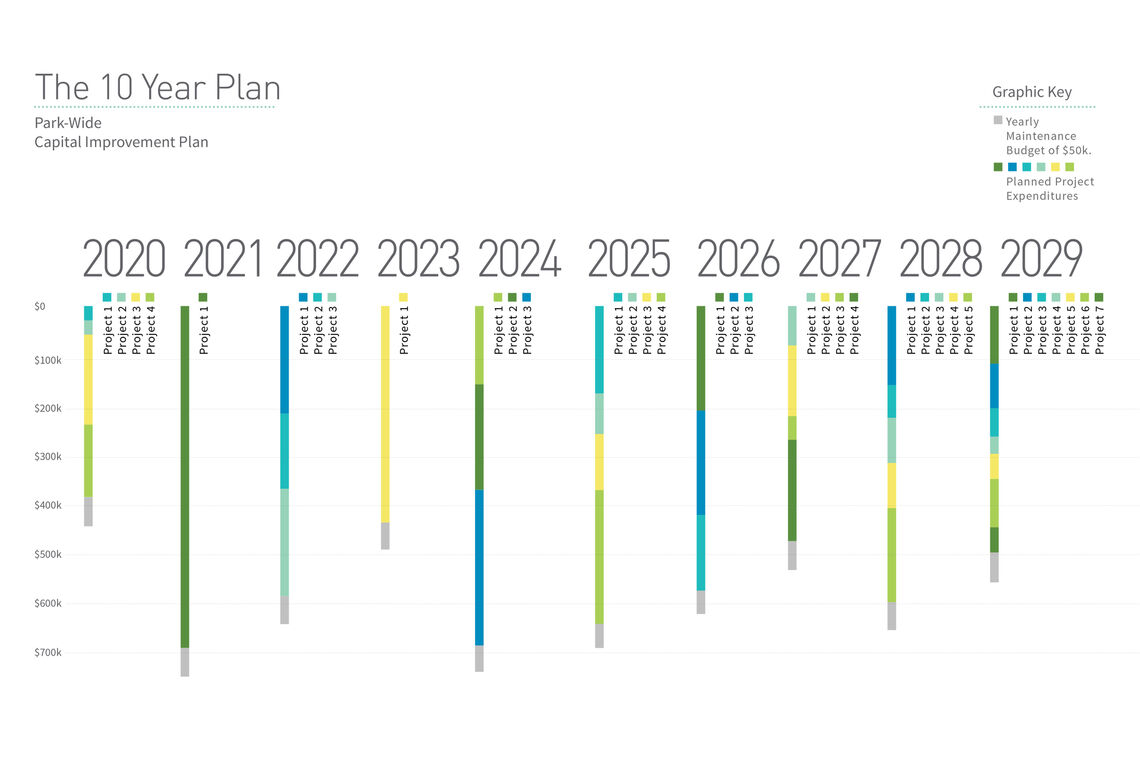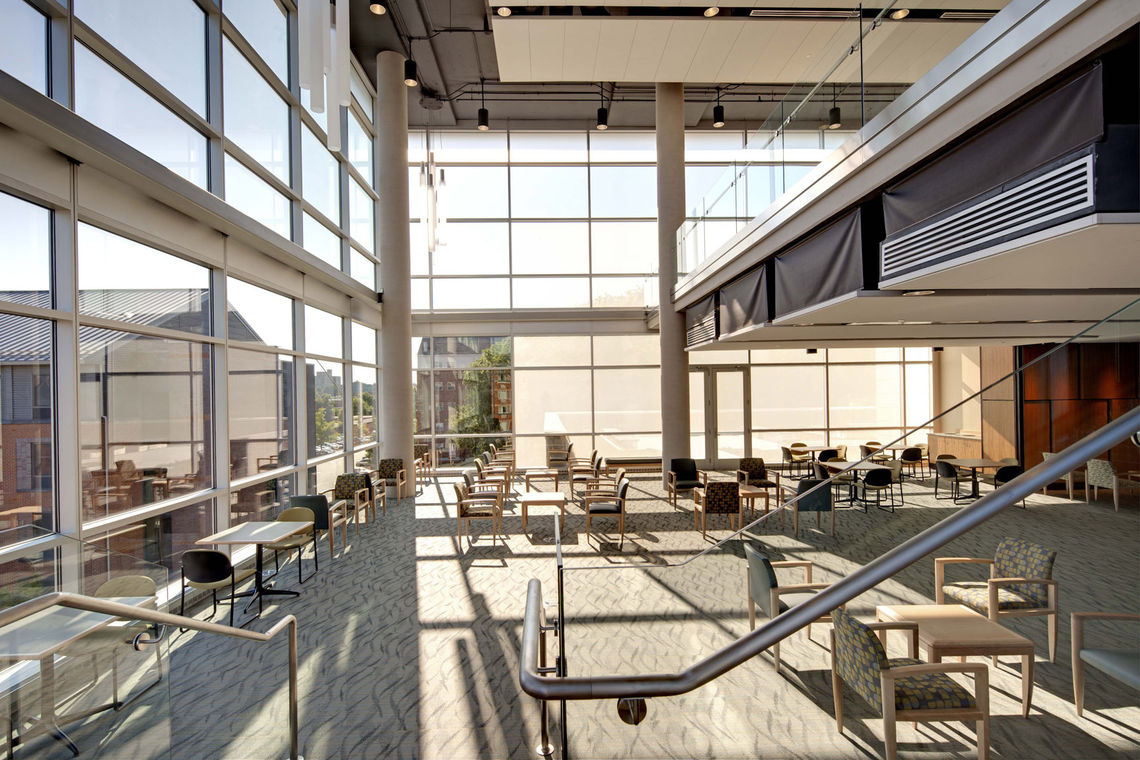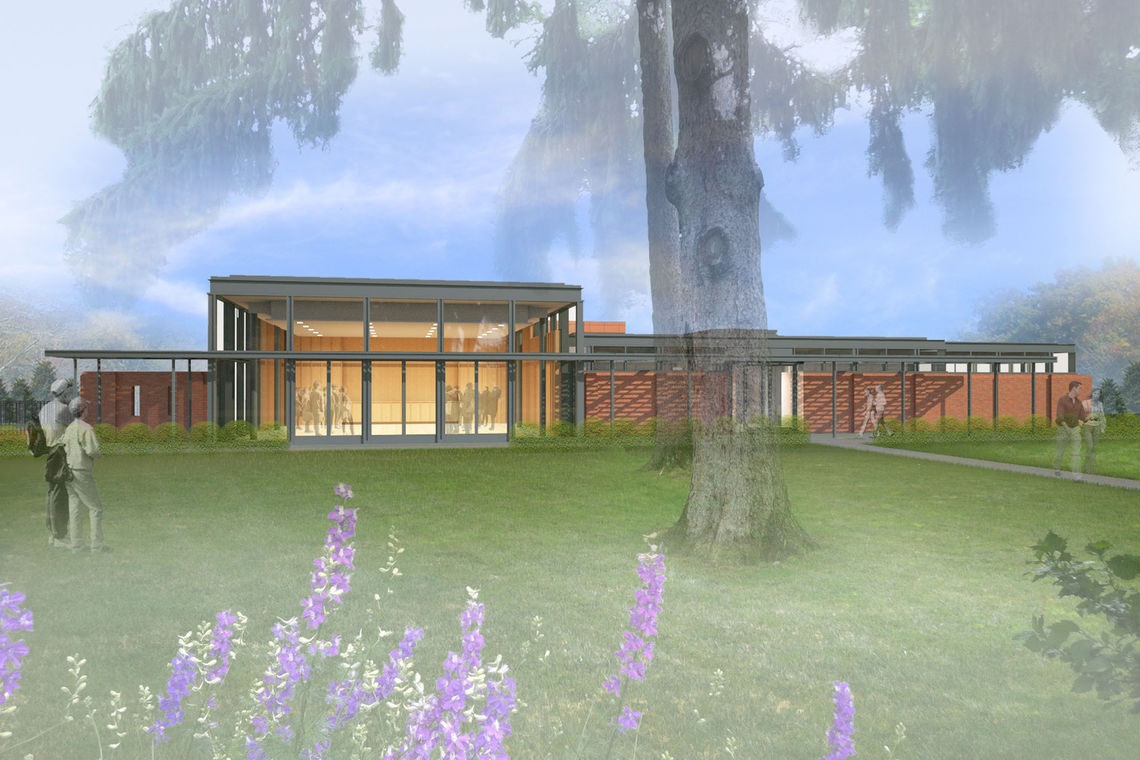Owning multiple buildings isn’t easy.
Your to-do list is never complete – keeping your facilities clean, functional, comfortable, and operating without complaints, hosting all of your institutions’ current space needs and anticipating future needs, and budgeting for it all – that’s a lot of balls in the air.
Do you find yourself constantly reacting to immediate problems, rather than proactively solving them? You’re not alone – many owners of multiple buildings and sites struggle to keep ahead of facility demands. Decision-making requires information, and the better and more complete information you have, the better decisions you’ll make. Once you tackle these 5 steps, you can confidently prioritize your campus’ capital improvements.
1. Keep the facts at hand.
Surprisingly, having a reliably complete, readily-accessible (preferably online) archive of all buildings’ documentation is a rarity among owners. Imagine getting an emergency call about one of your buildings. Instant electronic access to all of your buildings’ vitals (floor plans, square footages, usage schedules, utility locations and capacities, etc.) immediately gives you the answers you need. Time invested in assembling and updating an online database pays dividends for years to come.
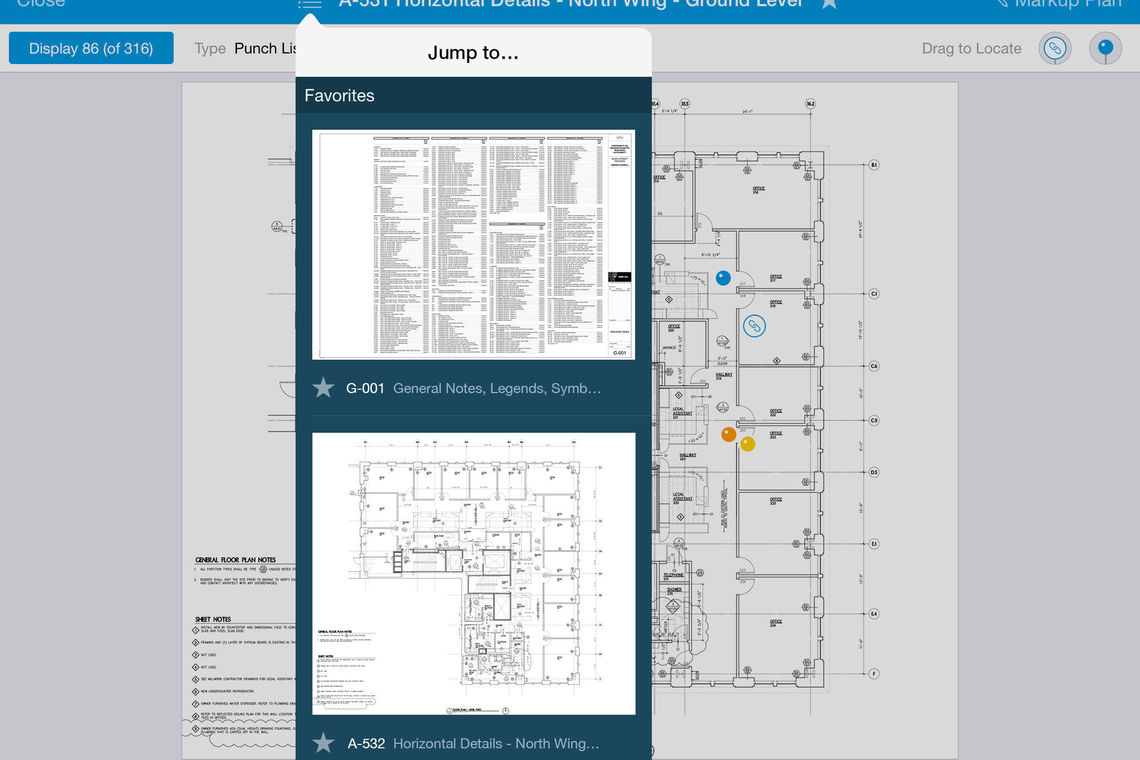
2. Face those gory details.
Budget, schedule, and skilled labor limits often make deferred maintenance an unavoidable reality. Knowing both the current condition and the expected life of each building system allows you to focus on essential preventative maintenance, rather than unexpected, urgent building system failures. Even with a tremendous backlog of critical work, identifying your highest risks through a comprehensive survey enables you to prioritize investment of your limited resources.
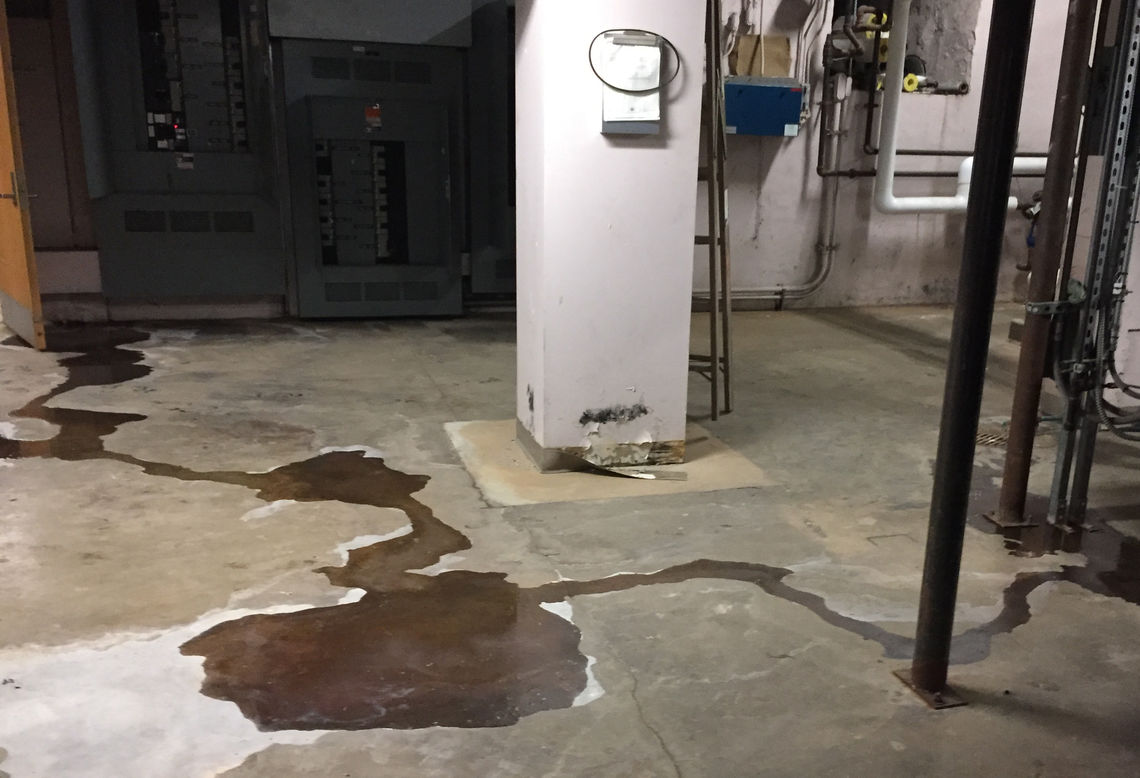
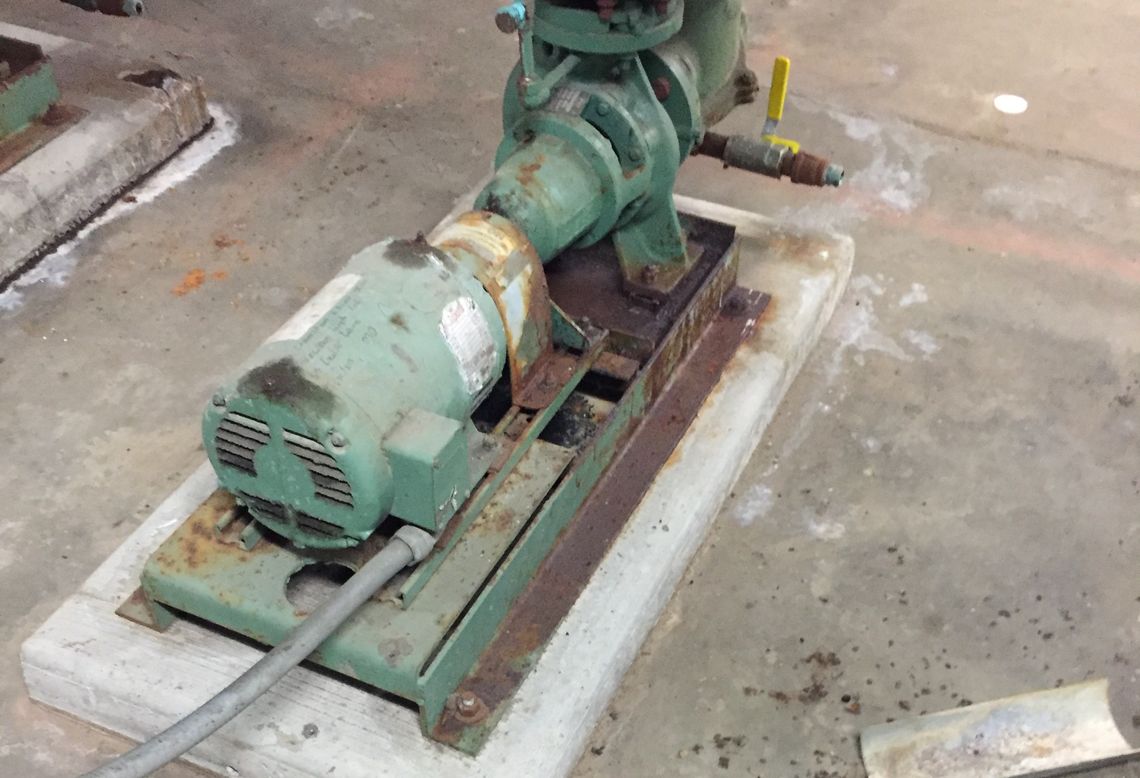
3. Go ahead and ask!
What does the staff working in your buildings need…or want? Are facilities limiting the staff’s capabilities? What would it take to remove any limitations? How will their needs change over the next decades? You’ve most likely gotten comments (complaints?) from staff, maybe a laundry list of desired amenities, or maybe just a request for working thermostats. What would happen if you opened the floodgates and invited staff to report it all – easily, through an online survey? You may be surprised by the unique and useful insights staff who spend their days in the buildings can provide. Using this information to inform capital improvement plans can exponentially increase satisfaction of building users.

4. Mind the gap.
What your facilities can comfortably house, and what programs your institution offers, or would like to offer, don’t always align – as your over-flowing inbox full of requests may reflect. Yet, some less popular spaces on your campus may sit empty during certain time periods. Defining the gaps between under- and over-utilization can help identify key improvements to existing spaces, or pinpoint new space that could resolve scheduling conflicts.

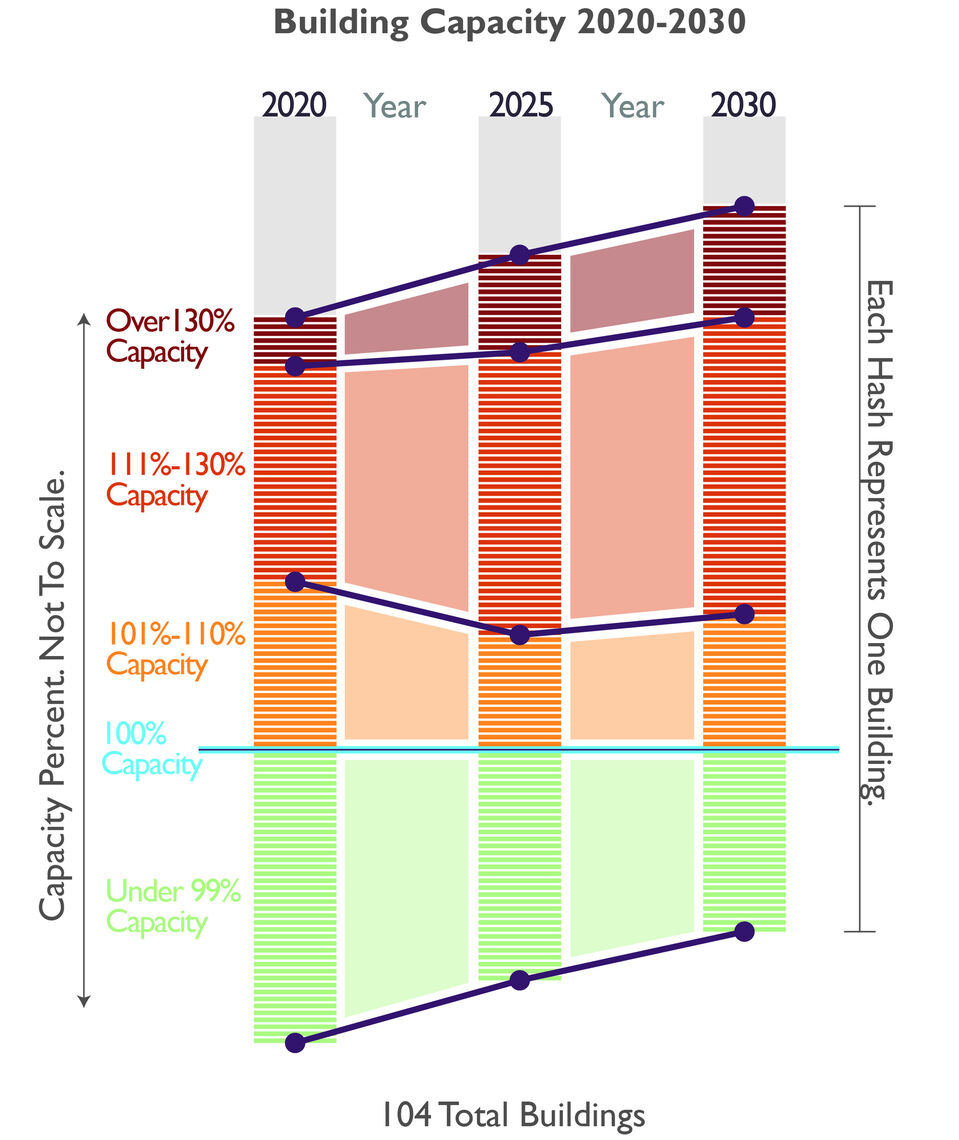
5. Master your message.
Stakeholders are plentiful when it comes to spending money on capital improvements. Once you’ve considered a myriad of data and formed your final recommendations, you have some convincing to do. Effective data presentation is both an art and a science, say experts (our favorite is Edward Tufte). Illustrating the data that informed your thought process in a compelling way that supports your conclusions is a critical step to getting stakeholder buy-in.
A written Capital Improvement Plan summarizing all of the above can keep you and other key stakeholders in your organization focused on the same short and long-term facility goals and projects.
